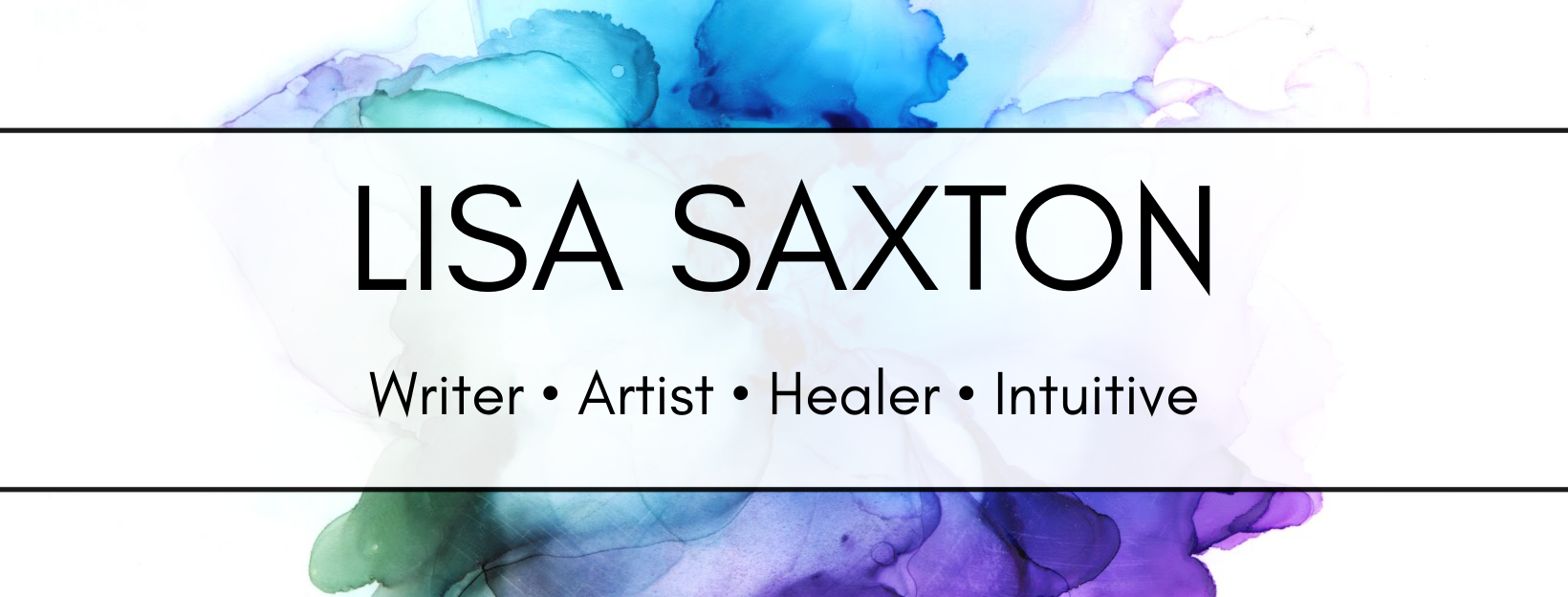
I’ve written about the different stages of grief many times during my own journey through it. I became all too well acquainted with each of those stages during the last seventeen months. I bounced around the stages a lot and the process wasn’t at all a linear one like I thought it would be.
Some of the stages were harder than others. One of the stages I struggled with the most was the lesser known stage of jealousy. I’m ashamed to admit how many times I’d look at other couples and feel the jealousy rise up inside me because they had what I didn’t have anymore. It was so unfair. I won’t lie; I still feel that way sometimes but thankfully not as often as I did before.
I did a lot of inner work moving through the stages of grief and I do mean a lot. In some ways that work was just as hard as letting Kenny go the day he died. Some days I’d make good progress while others I backslid so far I felt like I was back at the beginning again. I think that backsliding was probably the worst as you feel like you had come so far only to have that progress ripped away from you. It was like you were being taunted by something you couldn’t see but could most certainly feel.
The further through the grieving process I got the easier it was for me to look in the proverbial rearview mirror and see that I really was making progress and not just backsliding all the time. I began to finally see the final stage of grief whereas before I didn’t think I’d ever get to it. That stage seemed unattainable for a long time.
Acceptance is that final stage of the grief process. Though I reached the stage of accepting the fact that Kenny was dead and never coming back a long time ago, it wasn’t until recently that I truly understood what the full meaning of the acceptance stage was. It encompassed much more than simply accepting that he died.
I came to understand that the final stage of acceptance had deeper levels to it than most people would think. It’s the acceptance of many different things, not just that your loved one died. This stage has more than one level to it, and truthfully, I’ve never heard or read anyone else say what I’m writing here.
It’s the acceptance that your whole entire life will never again be what it used to be. Every experience you have going forward will be nothing like it would have been before because you’ll be experiencing those things without them here.
It’s the acceptance that you have to adjust your way of life and the way you do everything. You don’t have that other person to consider in the decisions you have to make because whatever you choose to do won’t affect them like it would have when they were alive.
It’s the acceptance that you must go on with your life even though it’s not the life you thought you would have. The plans you once had will have to be adjusted. You can choose other plans, maybe ones you wouldn’t have chosen before.
It’s the acceptance that you can do things on your own terms and in your own time. You can either do something, or not. It’s solely up to you because you’re only accountable to yourself.
It’s the acceptance that you have the right to be happy after experiencing the worst thing that ever happened to you in your life. You’re not dead; your loved one is, and they would want you to be happy. They wouldn’t want you to live in a perpetual state of grief and despair for the rest of your life. They would want you to feel joy and happiness and everything else that goes along with it again.
It’s the acceptance that your loved one would want you to one day love someone else the way you loved them when they were here. It’s accepting that this is what they would want for you because your ability to love didn’t die with them. It’s you being able to accept another person into your life to fill the empty space left behind by your loved one’s death. It’s you accepting that you’re worthy of being loved by someone else other than the person you lost.
The final stage of the grief process isn’t at all what I imagined it would be. It’s really accepting that you have permission to live again where you thought before that was something you could never do again after your loved one died. It’s accepting that you’re still alive and have so much more living to do. It’s accepting that you can and will be happy again.

